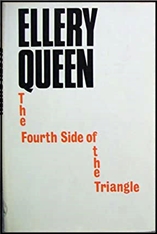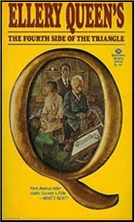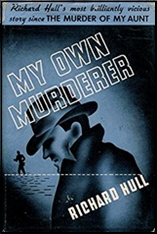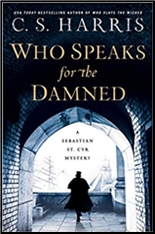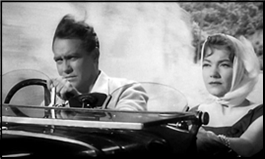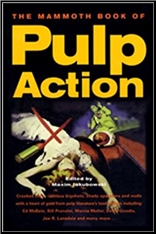Mon 11 Jan 2021
DAVID BALDACCI – One Good Deed. Aloysius Archer #1. Grand Central, hardcover, July 2019; paperback, September 2020.
Best-selling author David Baldacci has written over 40 novels in nine different series, including this one, and several standalones. This is the first one of them I’ve tackled, using the verb advisedly, as it clocks in at 450 pages in the paperback edition.
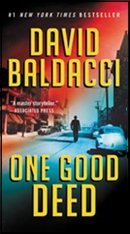
What attracted to me to this one was the setting: 1949 in a small town in the American west, Oklahoma perhaps; not Texas, but somewhere nearby. It opens with its leading character, Aloysius Archer having just been released from prison and heading on a bus to the small town of Poca City, where his parole officer is waiting for him to check in.
To his surprise, the latter is female, a lady by the name of Ernestine Crabtree, and in spite of her sex, and the fact that she is, well, a looker, she knows how to lay down the law to Archer. One of the conditions of his parole is that Archer must have a job, and this he does, hiring himself out as a debt collector for a man who, as it turns out, owns a good chunk of the town and the business that’s done therein. Complicating matters is that the man’s choice of lady friends, other than his wife, is Jackie Tuttle, the daughter of the man whose loan has come due.
Things being what they are, Archer soon finds himself in bed with Jackie and the man he is working for is found dead in the hotel room just down the hall from Archer’s. And as things continue being what they are, Archer finds himself the obvious suspect. And who best to clear his name? Himself, and finding that he kind of likes being a detective. A shamus, if you will.
For about 90 percent of its length, this is a rootin’ tootin’ detective novel, and Balducci’s smooth quiet prose allows for the pages to, to coin a phrase, fly by, well into the small hours of the morning.
What goes wrong, and very very wrong, as far as I was concerned, is that as the conclusion is seen coming in the horizon is that when Archer finds several letters and other documents, he reads them, smiles, shoves them into his pocket. Are we the reader allowed to know what’s in the several letters and other documents? In a word, no. Foul play, I say.
Almost as bad is the trial that to all intents and purposes closes up the case, and any resemblance to a real trial is slim and none. Pure hearsay and other made up allowances for witnesses to say anything they wish. (I grew up reading Erle Stanley Gardner’s Perry Mason stories, and I know how real trials are conducted.)
This, and an ending that in perspective is way far ahead of its time in terms of the culture of the time, and that’s all I’ll say about that. Overall then, a waste of a good story most of the way through, and several hours of reading time.







